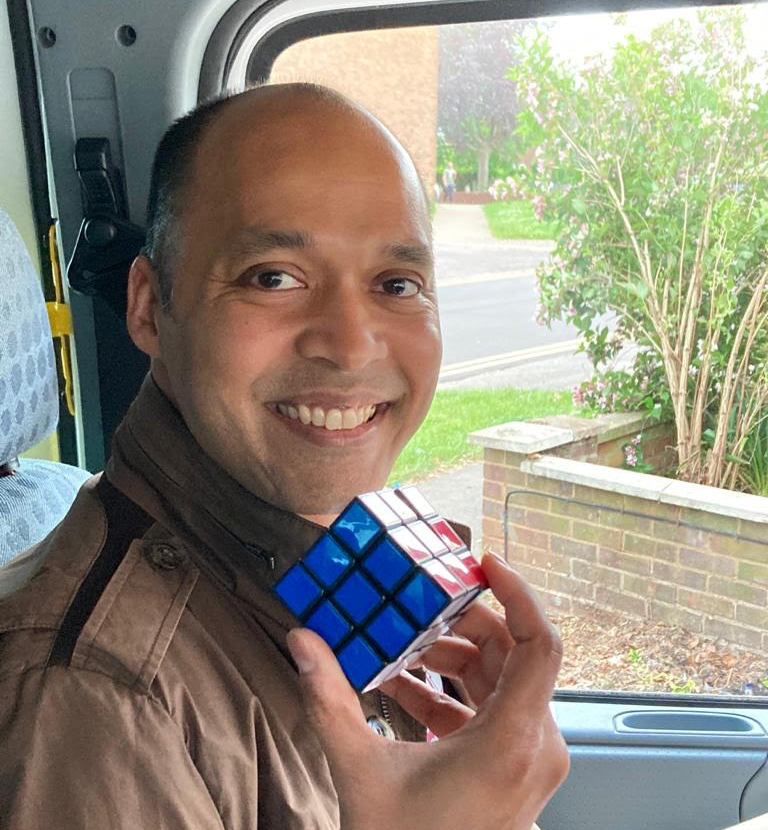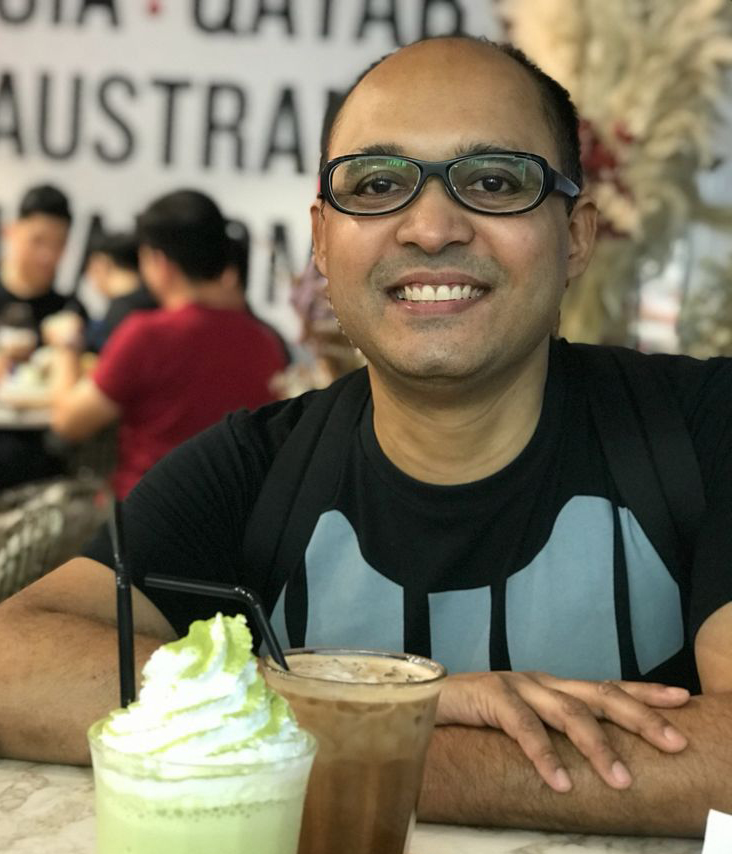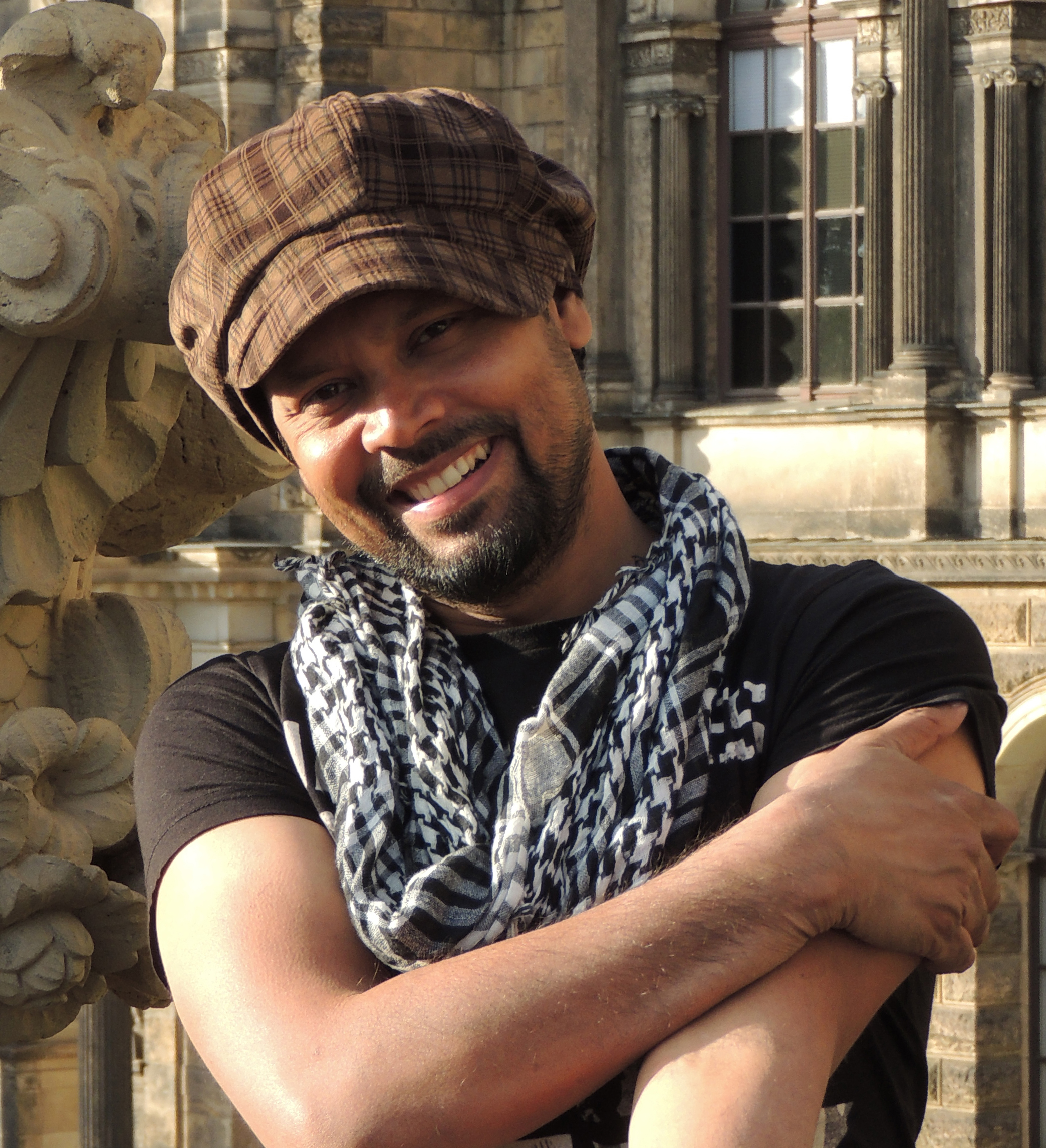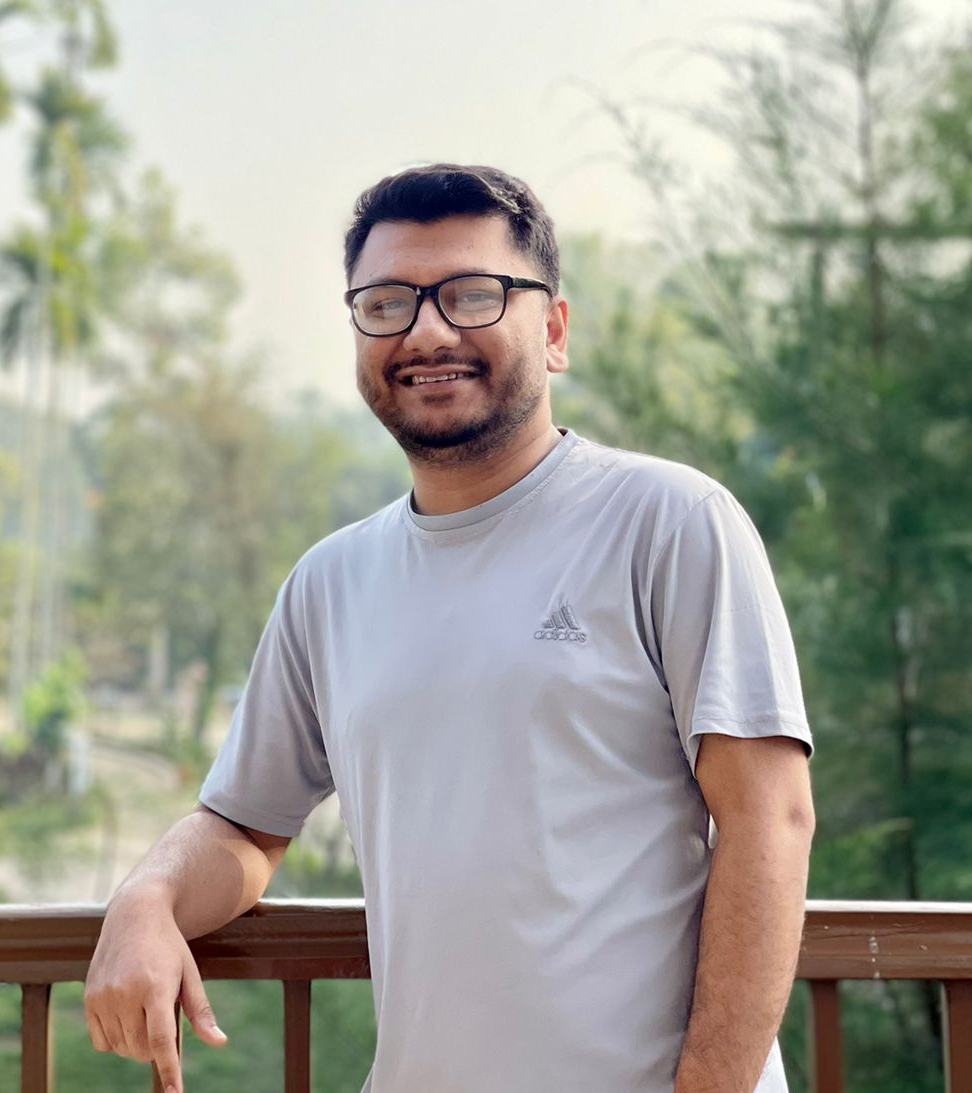Statements
Zeeshan Hasan, Producer
I spent much of my time over the last decade reading about climate change and writing newspaper articles about it http://www.goodbyebangladesh.blogspot.com. However, it was obvious that those newspaper articles were being read by very few people, and thus having little impact. Anyone who reads about climate change will quickly come to realise that Bangladesh is one of the countries most vulnerable to global warming and sea level rise, as geographically it is a river delta only a few metres above sea level. So when my brother Zahin suggested that we produce an animated short film about climate change, it seemed like a great idea.There were two main challenges; first, we had to communicate a little bit about the science of climate change. Not all viewers would be aware that carbon dioxide emissions from burning fossil fuels like coal, oil and gas were causing global warming. So this had to be communicated simply. Secondly, the viewer had to be made aware that big changes at the societal level would be required to reduce fossil fuel use. As students of economics, we knew that the most efficient way to reduce production and consumption of harmful products like cigarettes is by imposing taxes. Taxes on fossil fuels would both reduce their use and raise money for the government to help deal with global warming, just as taxes on tobacco reduce smoking and also help raise tax money to pay for government doctors and hospitals. So we wanted to explain that the best way to reduce carbon emissions from burning carbon-based fossil fuels was also through carbon taxes.My initial idea for the plot was inspired by the Charles Dickens' classic, "A Christmas Carol". Kazi Media/Deepto TV screenwriters Ahmed Khan Hirok and Nasimul Hasan worked for over a year to develop our protagonist Ratul who would have his eyes opened by the Old Man of the Wind, in the same way that Ebenezer Scrooge was changed by the Ghosts of Christmas. In the end, though, the focus on explaining climate change and how to solve it with fossil fuel taxes made the film have very little similarity to Dickens' original story. We recruited a brilliant director, Mohammad Shihab Uddin, who in turn brought in Cycore Studios to work on the animation. The result was far beyond our expectations in terms of quality, a testament to the hard work put in by everyone over two years. We hope that the film has contributed to a heightened awareness in Bangladesh of climate change and the measures needed to stop it.
Zahin Hasan, Producer
A few years ago, my brother Zeeshan gave me a copy of "Storms of My Grandchildren", a book by climate scientist James Hansen. After reading it, I suggested that he should write a story which we could make into an animated film about climate change. Zeeshan asked the scriptwriters Nasimul Hasan and Ahmed Khan Hirok write a story similar to "A Christmas Carol" by Charles Dickens. Zeeshan explained to the writers that the main character in our film would be a Bangladeshi boy who meets a supernatural being, and is shown different possible futures. I think we got the first version of the script in December 2015. I think we finally approved the 15th version of the script in March 2016. We thought it would be animated in simple flash animation. We were astonished to see the quality of the 3D animation produced by Cycore Studios. We are now working on dubbing Tomorrow into other languages.
Mohammad Shihab Uddin, Director
Hello, This is Mohammad Shihab Uddin, An independent animation filmmaker, director in Bangladesh. I directed the short animated film ’Tomorrow` and created the `Shahana` series for UNFPA Bangladesh. I also worked in `Meena’ films for UNICEF as Production Manager and Creative Director.“Tomorrow” was a dream project that any director could dream of making. It was hugely challenging work from beginning to end. When the producers shared their thoughts about making a climate change film, I immediately jumped on board. “Tomorrow” was meant to be made in the 2D medium in an earlier stage. But, after reading the amazingly long script, I decided to make the film in 3D, keeping in mind the vast location and environmental work, and at the same time, I wanted to work with a new team and in a new medium which is 3D. I partnered with Cycore Studios, A leading 3D animation studio with many young talented artists from Bangladesh. We synced so well, and finally, we made the film.It was a long project. The script took one and a half years to develop, and we took two years to make the film and are still working on it to reach out to international audiences.It was a fantastic experience and journey making the film for Kazi Media, and feeling so great looking at its success here and abroad now.
Mohammad Shihab Uddin,
Animation Filmmaker, Director and Consultant.
Murad Abrar, CEO of Cycore Studios
Tomorrow was a challenging project from the beginning. With a vast amount of sets and characters it was extremely difficult to finish on time and at the same time maintain a decent render quality. As we are a very small animation studio with 15 artists, we had to work very hard to animate the scenes. Animation in South East Asia has always struggled with better visual and render quality. We tried to focus on that and improved our render quality as much as we could. Also the introduction of character FX like hair and cloth simulation has increased the production value and added more realism to the scenes. Overall we are extremely happy with the outcome of Tomorrow. Thanks to the director, producer and the entire team of Tomorrow for their contributions in this one of a kind film.



